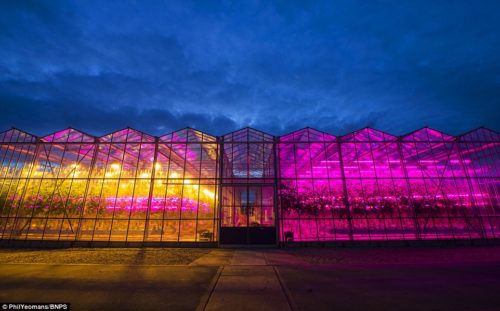Last fall I had the pleasure of attending the Cannabis Sustainability Symposium in Denver, Colorado. This now-annual event brought together cultivators, equipment manufacturers, energy and waste specialists and others with an interest in reducing the industry’s energy and carbon footprint. Together, we addressed many of the current issues cannabis cultivators are facing, from how to optimize facilities for energy and water use, how to manage solid waste in an environmentally safe way while complying with strict state laws and regulations, and how to bring technical and business model innovation to the industry.
While ostensibly the event was designed by and for cannabis stakeholders, after participating in the multiple sessions, over conversations with industry leaders and during moments of quiet contemplation, I came away with the impression that we’re on the right track towards developing more environmentally responsible cannabis cultivation models, and Controlled Environment Agriculture (CEA) models more broadly, despite some serious headwinds.
3 things that buoy my optimism
- Innovation in the overall CEA field is continuing at a rapid pace, and it has the potential to reinvent how indoor grows are built and operated. Lighting companies are developing more efficacious and less expensive lights, information technologies companies are designing horticulture-specific sensors and data management tools and machine learning algorithms, and advanced energy management companies are beginning to apply their insights to CEA, to name just a few.
- States are beginning to use their policy-making prerogative to develop rules and regulations to reduce the energy impact of indoor cannabis cultivation facilities. Massachusetts has been leading in this effort and has established energy and environmental performance rules for grow facilities. The state’s Cannabis Control Commission is committed to moving the industry toward even more energy efficient practices, and other states are starting to follow their lead.
- Industry stakeholders are coming together to identity pathways toward a more sustainable future. The Resource Innovation Institute (RII), one of the industry’s pre-eminent stakeholder-led organizations pushing for energy and water efficiency in the cannabis cultivation industry, has seen its membership swell in 2018. (In disclosure: Climate Resources Group is a member). Long-established organizations such as the American Council for an Energy Efficient Economy are also in the mix, beginning to engage in discussions around for model rules for cannabis energy performance.
However, my optimism is tempered by two key factors.
- Until cannabis cultivators feel the effect of price compression, I am not seeing many taking seriously the danger of ignoring energy waste in their facility. Fairly enough, cultivators have other issues calling their attention, but I worry that until un-managed energy costs become a threat to their viability, resource efficiency will continue to get relegated to optional status.
- State cannabis regulators still seem all-too-willing to relegate energy regulations to the back burner. States that are moving toward a regulated adult use cannabis market, such as Michigan, New Jersey, Pennsylvania and New York, should take this moment to step back, do the math on cultivation’s statewide energy footprint, and develop a plan to work with stakeholders on helping growers embrace energy efficiency. In many states, there is a mature institutional infrastructure to advance the discussion, but for several reasons these conversations are largely happening on the sidelines.
In short, we are at an exciting time for Controlled Environment Agriculture, especially with the rapid emergence of a legal cannabis cultivation market. However, we can’t take for granted that market forces alone will provide indoor farmers with the tools and nudges necessary to fully embrace lower resource-intensity cultivation.
Please consider adding your voice to the conversation, either in your local jurisdiction where rules are being crafted, or via national forums. We have the power to help shape the future of a sustainable CEA paradigm.
Where do you see the most effective action taking place?

